Though our MNS group at Panti Forest in February 2012 was bird-oriented, I took what opportunities I could to explore any stream or pond we crossed to check for dragonflies and damselflies. Here is a gallery of what I found.
Orchithemis pulcherrima comes in several colour forms. Most males have a bright red abdomen, but this is the dark blue form, its abdomen crossed by a distinctive pale band.
Females are usually yellowish, but may also be dark blue, as here, or (rarely) red.
Males of Orthetrum testaceum, by contrast, are always red.
Neurothemis fluctuans seems pretty much unavoidable in Peninsular Malaysia, where it is one of the commonest dragonflies. These are females...
…and this is an adult male.
Trithemis aurora is another common dragonfly with a yellowish female, this time marked with amber patches and yellowish veins on its wings.
The species is named for the brilliantly-pink male; Aurora was the Greek goddess of the dawn.
The highly metallic forest dragonflies of the genus Cratilla are favourites of mine. This is Cratilla lineata, which lacks the dark wig-tips of its congener C. metallica.
Here is a male Cratilla metallica - a truly beautiful creature, with its blue body and golden eyes.
The dark wing tips of C. metallica are distinctive in both sexes.
The damselflies at Panti seemed much more stream-bound than the dragonflies. The most elegant one I encountered, at least to my eye, was Euphaea impar, one of only three Peninsular Malaysian species in the family Euphaiidae.
Any stream with emergent boulders was a good place to look for the jewel-like, short-bodied damselflies of the family Chlorocyphidae. Chlorocyphids are the only Malaysian damselflies with the abdomen shorter than the wings. This one is a male Heliocypha biforata.
This is Libellago stigmatizans; note the orange splotch on the head. In the upper photo it seems to be standing on tiptoe!
In complete contrast to the chlorocyphids are the extremely long-bodied damselflies of the genus Prodasineura (Protoneuridae). There are two species in Peninsular Malaysia with all-dark abdomens and blue markings on the thorax, P. collaris and P. notostigma. I am not sure which these are, or indeed if the insect in the lower photograph is the same species as the other two.
Finally, iridescent green damselflies in the genus Vestalis (I am not sure which species) and the family Calopterygidae - insects I have often featured on this blog, but still (at least as far as I am concerned) irresistible.


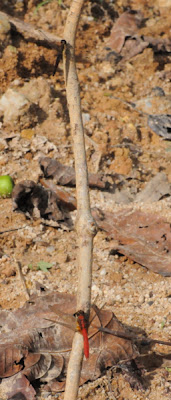
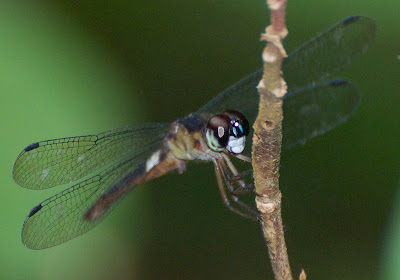










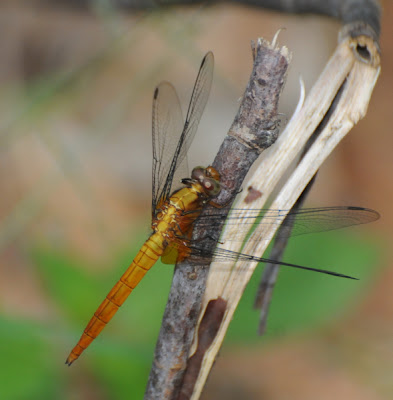






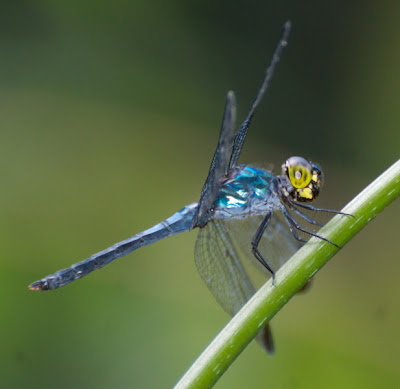



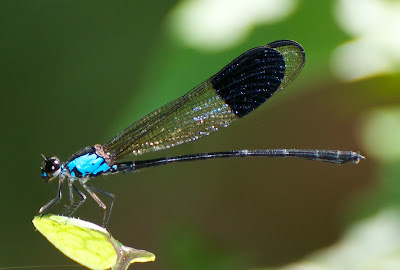










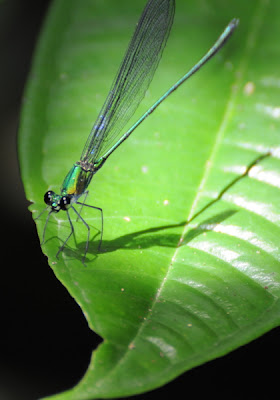
No comments:
Post a Comment